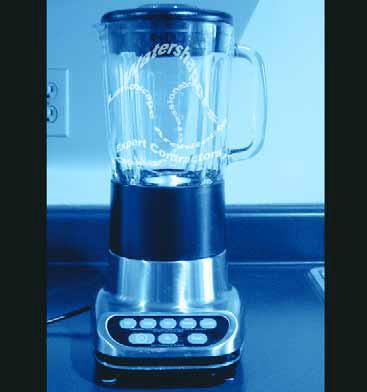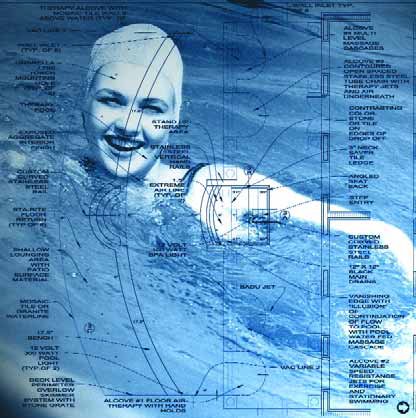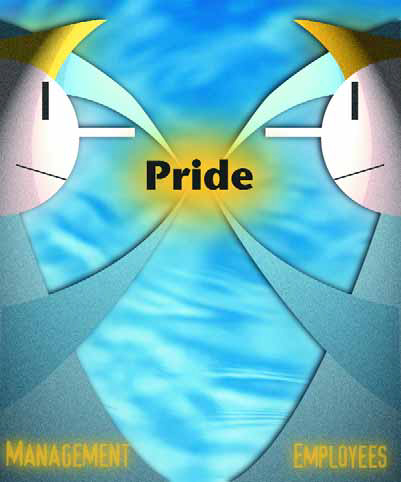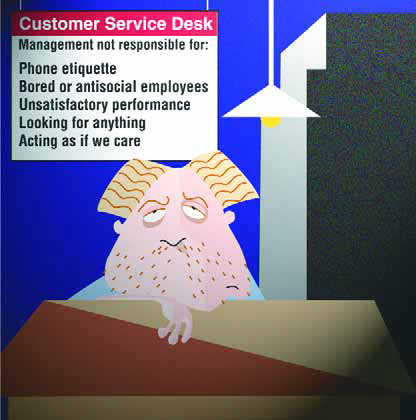Aqua Culture
A couple months back, the National Association of Home Builders held its annual convention in Orlando, Fla. - a massive January affair that drew more than 120,000 attendees to view all manner of products falling under the broad umbrella of "home construction." One of the annual centerpieces of NAHB's event is the New American Home program. Each year, select local contractors build a state-of-the-art home in the show's host city to put the absolute cutting edge of residential design and construction on display. During the convention, show organizers sell tickets for tours, and thousands of people tour the home. Once the tours are concluded, the home is sold and becomes a deluxe private residence - and a lot of money from ticket sales flows to charity. I was fortunate enough to be asked to
Reader Chris Walton asked a great question in response to comments I've made in a couple of recent columns about the value of detailed plans: "Why do we in the pool industry lump sales, design and project assessment into one job description?" In the message surrounding his question, he explained in some detail that his firm, PoolDizine, Inc., of Jacksonville, Fla., takes basic plans and proposals for swimming pools and other watershapes and turns them into complete and extremely detailed sets of construction documents and plan drawings that can be used in generating accurate bids and that also provide detailed specifications for the construction process. To be sure, he has an interest in altering
Wonderful projects often proceed at their own paces. More often than not, high-end clients on either the commercial or residential side will require us to spend a great deal of time and effort in developing, adjusting and revisiting designs so they wind up with exactly the watershapes and spaces that best suit their needs and desires. Sometimes that process is tremendously involved, as has been the case with a project I discussed in a previous "Aqua Culture" installment (May 2004, page 10). The clients are creating what they're calling a "world-class pampering spa" as a major expansion of an existing facility in Jacksonville, Fla. Our work on the project includes a broad range of
If you ask a roomful of watershapers about the toughest of the basic business challenges they face, there's little doubt in my mind that a large percentage of them would say that finding, hiring and keeping good employees is near the top of the list. That always-tough task is complicated by the fact that the vast majority of watershapers need to rely on others to get a project done. Yes, there are a few of you out there who work entirely on your own with the aid of subcontractors, but watershaping is generally a group effort involving combinations of in-house salespeople, office managers and field workers as well as designers, engineers, project managers and all sorts of
"To succeed in business or in life, I don't think you need fancy schooling or highly technical experience. What I think you need is common sense, a commitment to hard work and the courage to go your own way."-- Robert Mondavi That statement from Robert Mondavi's autobiography truly inspires me. Since I first read those words, I've become keenly aware of how this and other things he says about his career in the wine industry apply not only to
I operate under the hopeful assumption that all professional watershapers know that detailed, quality construction plans are crucial to the success of any project. Too often, however, I get the unsettling feeling that some contractors in the watershaping trades see plan documents mainly as a means of securing a construction permit. Such a bare-minimum approach can lead to an endless array of problems that can be summed up simply: Plans lacking in detail leave way too many issues to chance and inevitably lead to mistakes. And because we all work in a field where things are quite literally
What do you really want to know about the arts and crafts of landscaping and watershaping? That's an important question for each and every one of us in the trades to ask of ourselves, because without knowing what you want to know (or at least what you think you should know), all of the talk about the value and power of education is just so much rhetoric. I bring this up because, for a long time now, leaders and regular folks from all walks of the watershaping trades have been beating the educational drum. You read about it in every trade magazine, hear it in the vast majority of seminars and see it in the promotional messages of those who stage trade shows and conferences. Indeed, the
No doubt about it: More and more quality projects are being designed and built by the various segments of the watershaping trades these days. That pleases me for a number of reasons, not the least of which is that it tends to reinforce my observation and belief that great work is done mostly by people who take genuine pride in what they do. Indeed, I see such a consistent correlation between pride and quality that I've come to see the former characteristic as a prerequisite for performance at the highest level. That may seem an obvious point, but when you scratch the surface of the subject as it relates to the watershaping industry, it takes on
It's amazing how many people I meet in the course of my day-to-day life who do not embrace the basic idea that the single most important part of doing business is how they interact with current and prospective clients. Way too often, I'll run into someone - usually an employee, but sometimes (and shockingly) a manager or owner - who just doesn't have a clue or really doesn't seem to care. This happens so often, in fact, that I find my patience growing shorter with the laziness, incompetence or downright rudeness I encounter. It's gotten to the point where I'm






















